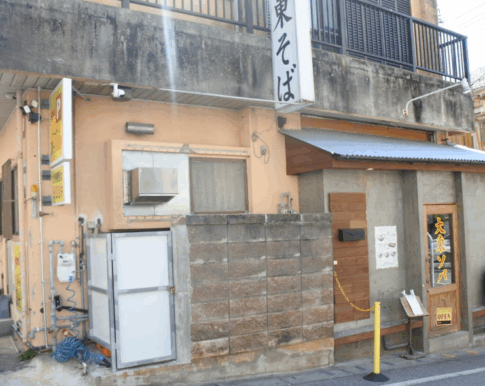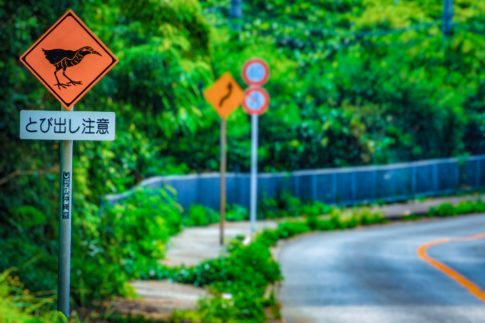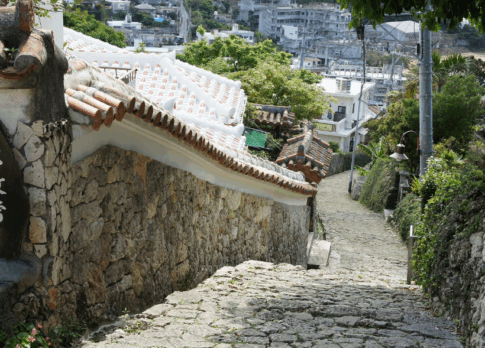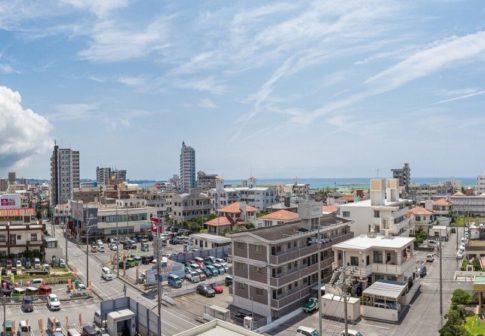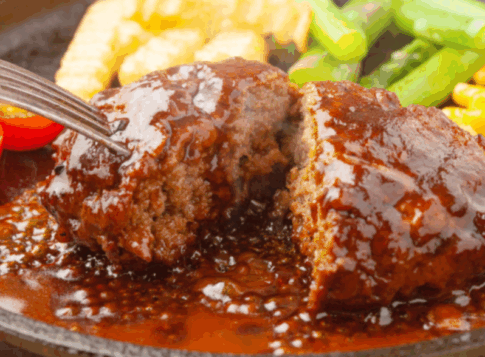This is rare! The World Salt Museum on a remote island in northern Okinawa
To get to the World Salt Museum Salt Cruise, take a ferry from Unten Port on the opposite shore, with the Heart Rock on Tinu Beach, where lovers aim for, and Kouri Island, where Insta-girls go for sunset photos, at your side.
After two hours of sitting still and watching the sea, you will arrive at Iheya Port on Nofu Island. From there, it is a 12-minute walk to the museum.
Here, you will find salt collected from 50 countries around the world during field trips, precious blue rock salt, salt necklaces, salt-making tools, and other items on display.
There is also salt that can only be purchased here, which is highly acclaimed around the world.
What exactly is the World Salt Museum Salt Cruise?
Point 1: What is the exhibition of salt from 35 countries around the world?
What is most surprising is the “Salt Museum.
Speaking of salt museums, the Tobacco and Salt Museum, once located in Shibuya and now in Sumida-ku, is famous, and there are 2.3 salt museums in Japan, but you would never expect to find one in a remote place on a remote island in Okinawa, would you?
Here, sea, rock, and lake salt from more than 50 countries is on display, collected locally by the owner. This is the result of his traveling around the world licking salt in order to produce the best salt.
He ended up on Noho Island, a remote island in northern Okinawa.
Until then, his work had been at the forefront of science, but after hearing his grandmother’s words, “Rice and salt are the most important things for human beings,” he decided to “try to make the ultimate salt that is important for human beings,” and has been working for 25 years since then.
As a result of his research, “Enmusubi” was completed.
Point 2: What is the ultimate salt “Shiomujumi” that can only be purchased here?
The owners, Mr. and Mrs. Matsumiya, have traveled all over the world to create the ultimate salt. They found their way here on the island of Noto.
They conducted their research, built their salt manufacturing facility, and after much trial and error, completed their “Enmusubi” salt, which is hand-kneaded and completely sun-dried.
After the salt has been dried in the sun and the moisture has been removed, it is “hand-kneaded,” and through dialogue with the salt, it becomes mellow. Surprisingly, this process takes up to seven hours a day. I could understand why it is called the ultimate salt.
I was surprised to learn that this salt is highly regarded around the world, including by some of the best chefs in Japan.
Point 3: What is Sufi, the island’s specialty?
After seeing the amazing salt, let’s go back to the island and have a bite to eat.
It is said that it is a moguri to return home without eating “Sufai” when you come to Noho Island. We went to a restaurant near the harbor called “Seafood Cuisine Umigyo.
Sufai” is a traditional preserved food that has been eaten on Iheya Island since ancient times, when there were no refrigerators, and fish were deboned, pickled in salt, and dried in the sun.
This goes perfectly with the island’s awamori, “Terushima!
Tempura of fish skin and irabucha with vinegared miso are also delicious!
Don’t get too drunk and forget the return boat time!


